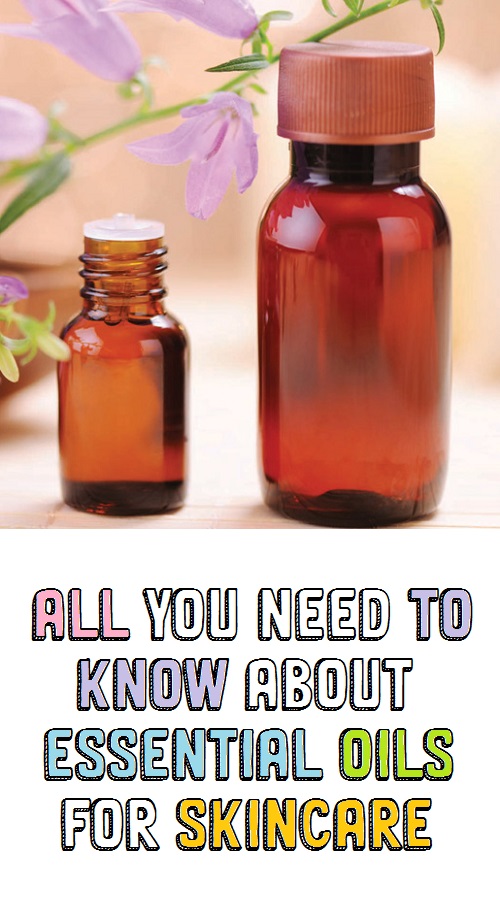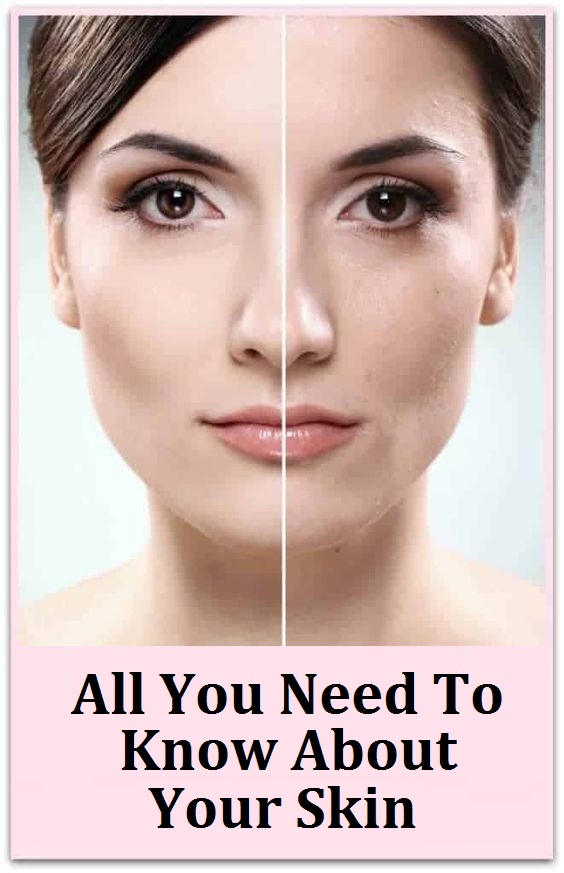How To Make Your Own Cleansers & Makeup Removers

Different types of cleansers are available to suit all needs and preferences. While some people prefer to wash their face with a soapy cleanser and water, those with more sensitive skin might choose a soap-free formula. Milky cleansers are always a favorite of people with dry skin, because their creaminess counteracts the drying effects of soap. Oily cleansers are highly appreciated when waterproof makeup needs removal; just make sure to follow with a toner to wash away oily residue. A cleanser can be a scrub, as well. Just add some beads to the formulation to get a two-in-one cleanser and scrub. The beads could be ground oats, almond meal, semolina, clay, or other slightly coarse components. Multiple formulas are offered in this chapter; choose your favorites according to your preferences and your skin type.







